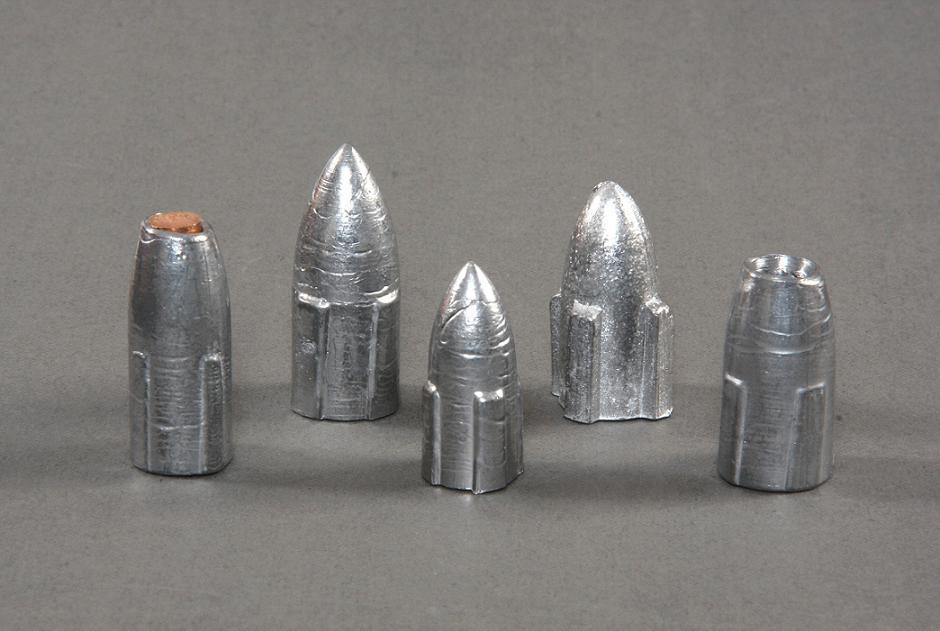bamaranger
New member
I read an old Ross Seyfried article last night where he mentioned "explosive shells" for 4-8 bore rifles and hunting large, dangerous game. He used them on large bulls, etc overseas, I believe Australia, in British game rifles.
I have seen sketches of large ctg rifle slugs that were made to accept an inverted .22 ctg. But Seyfried seemed to be using a large, hollow cast projectile, I suspect filled w/ some type of compound. He made only limited reference, but described, "jet of flame and smoke" at the entrance wound.
Can anyone advise on the details of such a large bore projectile, the nature of the explosive mix, how it was detonated (percussion?) etc.
Pretty exotic and extreme!!!!!
I have seen sketches of large ctg rifle slugs that were made to accept an inverted .22 ctg. But Seyfried seemed to be using a large, hollow cast projectile, I suspect filled w/ some type of compound. He made only limited reference, but described, "jet of flame and smoke" at the entrance wound.
Can anyone advise on the details of such a large bore projectile, the nature of the explosive mix, how it was detonated (percussion?) etc.
Pretty exotic and extreme!!!!!

